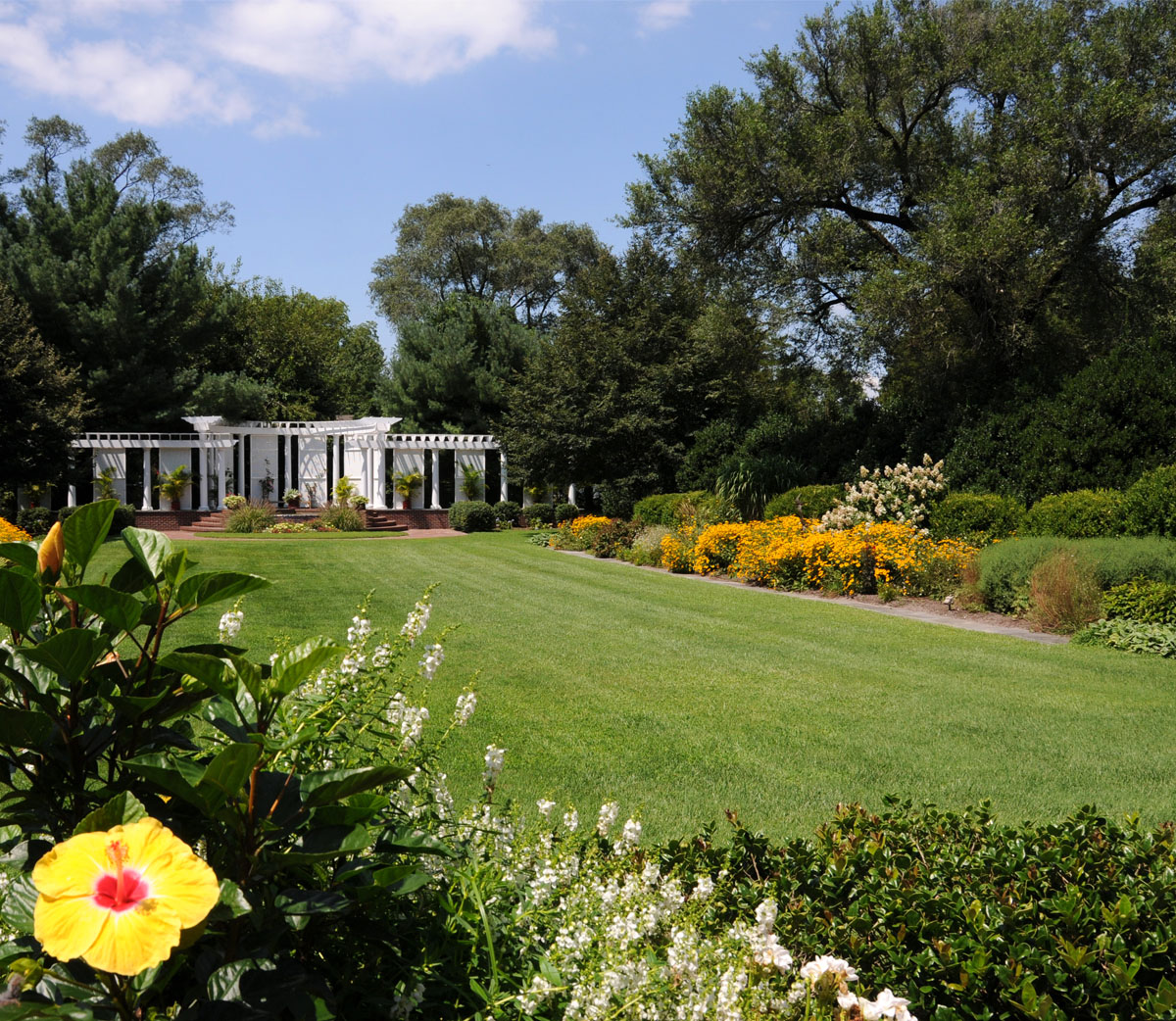Princeton Review Names SU Among Nation's 'Greenest' Colleges for Ninth Year
 SALISBURY, MD---For the ninth consecutive year, The Princeton Review, in partnership with the U.S. Green Building Council (USGBC), has named 黑料网 one of the nation’s most environmentally responsible colleges.
SALISBURY, MD---For the ninth consecutive year, The Princeton Review, in partnership with the U.S. Green Building Council (USGBC), has named 黑料网 one of the nation’s most environmentally responsible colleges.
The University is featured in the Guide to 399 Green Colleges, which highlights impressive environmental and sustainability programs at campuses throughout the United States and select institutions in Canada.
The guide is based on a survey of hundreds of colleges nationwide. Questions explore institutional commitment to areas including LEED building certifications, environmental studies programs, alternative transportation, recycling and conservation programs, and more.
The 399 colleges in the guide were selected based on “green rating” scores from summer online profiles and annual guidebooks.
In 2008, SU’s Conway Hall (formerly the Teacher Education and Technology Center) became the first LEED-certified new construction project on the Eastern Shore, earning Silver status. Since then, 10 other new or renovated campus buildings have earned LEED Gold or Silver certification, including Perdue Hall, Sea Gull Square, and Pocomoke, Wicomico, Manokin, Sea Gull Stadium, Guerrieri Academic Commons, Nanticoke, Chester and Choptank residence halls.
SU is home to what are believed to have been the Eastern Shore’s first public electric vehicle charging stations. Other alternative transportation initiatives include a bicycle-friendly campus, complete with “Fixit” stations and bike storage buildings for residents, and a bike lane that leads from the University to downtown Salisbury.
Offering a major and minor, the Environmental Studies Department features award-winning faculty and staff, including renowned environmentalist and author Tom Horton. SU also has several environmentally related academic programs in the geo-, biological and physical sciences.
Other initiatives include a trayless dining hall, solar parking canopy producing enough electricity annually to power three campus residence halls and building innovations such as the “green roof” atop the Patricia R. Guerrieri Academic Commons, which allows a blanket of plant life to serve as a storm water filtration system and help keep the facility cooler by reducing the roof’s heat island effect.
To download the Guide to 399 Green Colleges visit www.princetonreview.com/college-rankings/green-guide. For more information call 410-543-6030 or visit www.salisbury.edu.
